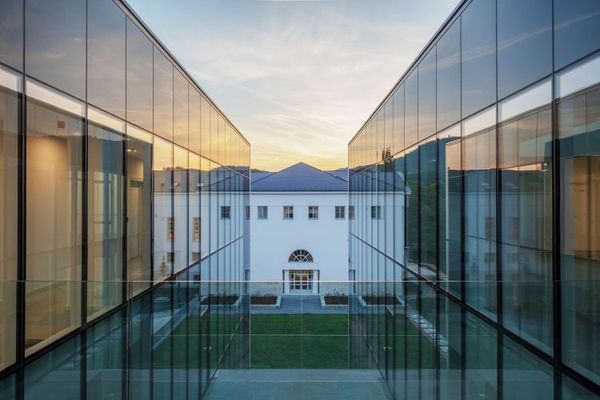Why does the pure Italian espresso machine have such a big hype? What is the story behind the devices that “produce” divine nectar? We visited Gergely Nezvál, the Hungarian distributor of La Marzocco, who is at least as happy to call himself a coffee machine mechanic as a salesman—with more than thirty years of experience behind him. Here’s the heaven of coffee machines!
We are greeted by a pleasantly cozy industrial environment on Nagytétényi Road: next to the entrance, some motorcycles and an imposing velocipede rest, a sofa made of coffee bags in the corner, and coffee machines everywhere. This is the realm of Gergely Nezvál and the La Marzocco Hungary, where every respectable coffee maniac pays a visit—at least once in their lives. The machines also include pieces in use and of museum value. The inscription “La Marzocco” can be found on the fronts of coffee machines in countless parts of Budapest and the country—the simple line machines come from Gergely, more precisely from the “cave of the lion”, from the headquarters of the La Marzocco in Florence.
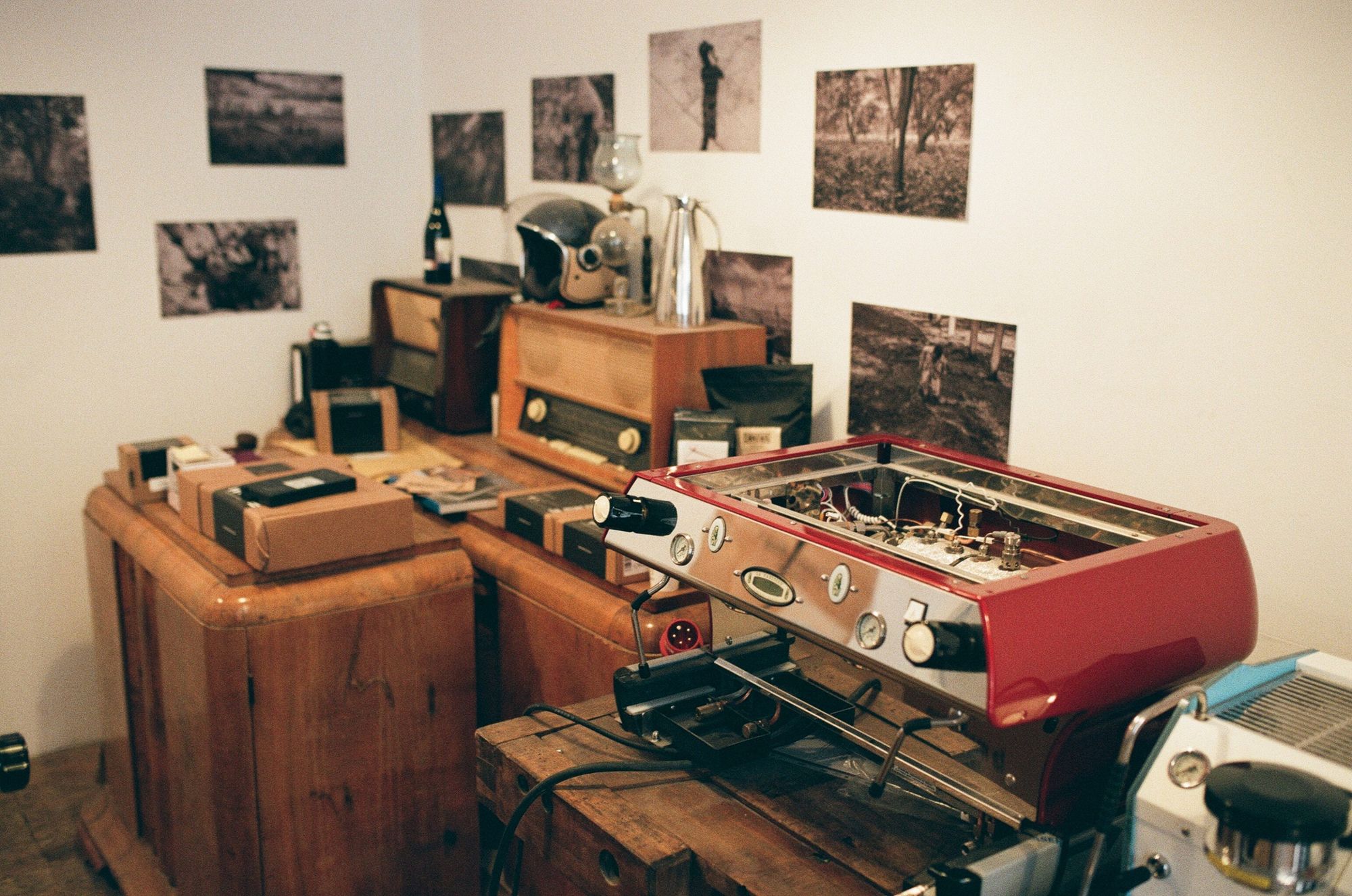
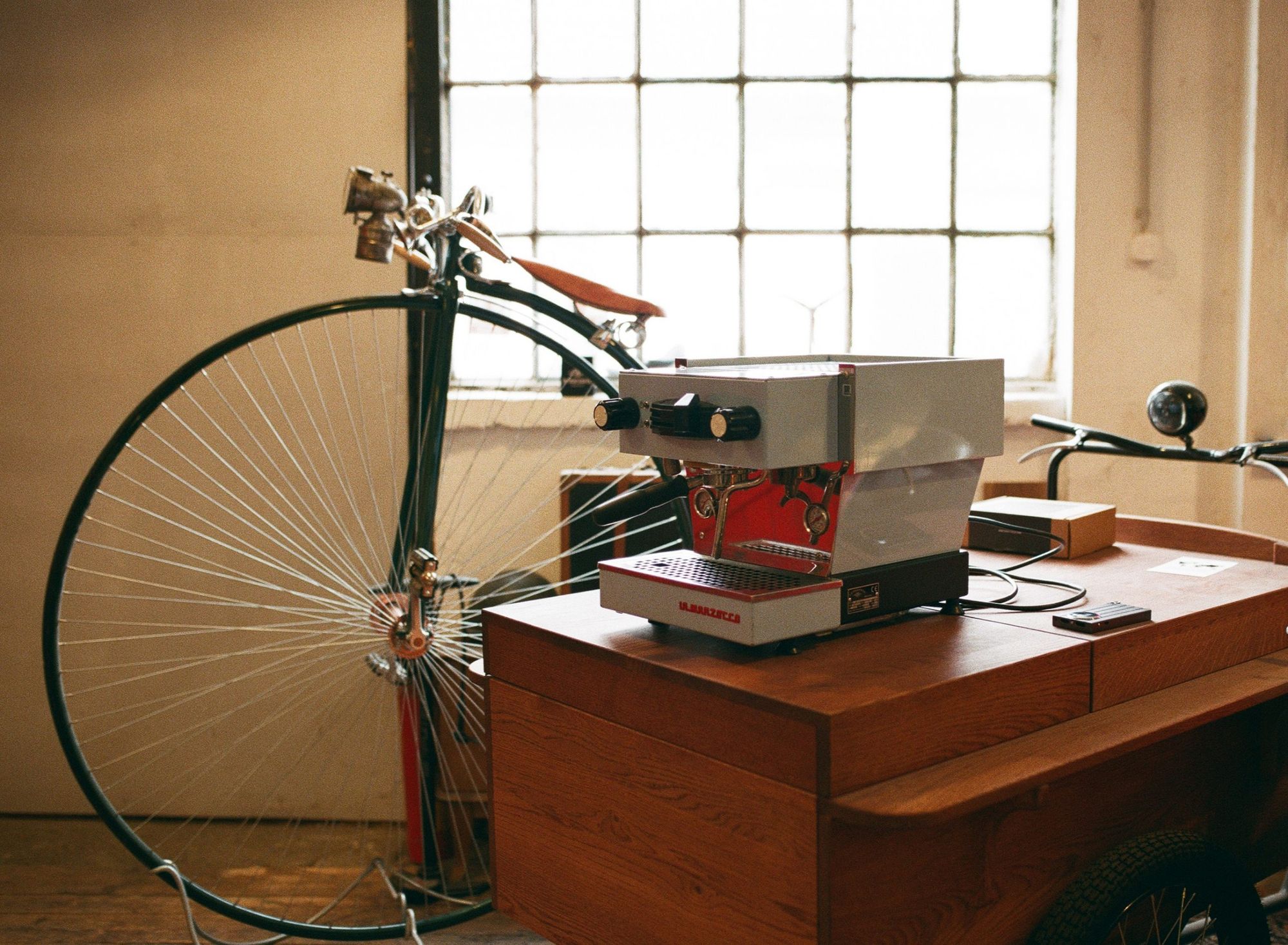
From grandma’s coffee grinder to the “cave of the lion”
Gergely first encountered coffee at the age of five or six at his grandmother’s home in Újpest: he was struck by the smell of coffee rising from a hand grinder. Later, because he liked to tinker himself, he spent a lot of time in his father’s workshop. He must have been sixteen when he found a then-twenty-year-old Faema, brought in a basket by his father from abroad. At the time, it took him two weeks to put the structure together, not knowing how a coffee machine actually worked. It was also the first time he tasted coffee. While others were socializing on household appliances, he had been drinking coffee from an industrial espresso machine at the age of sixteen, the Omnia, of course (since there was no other).
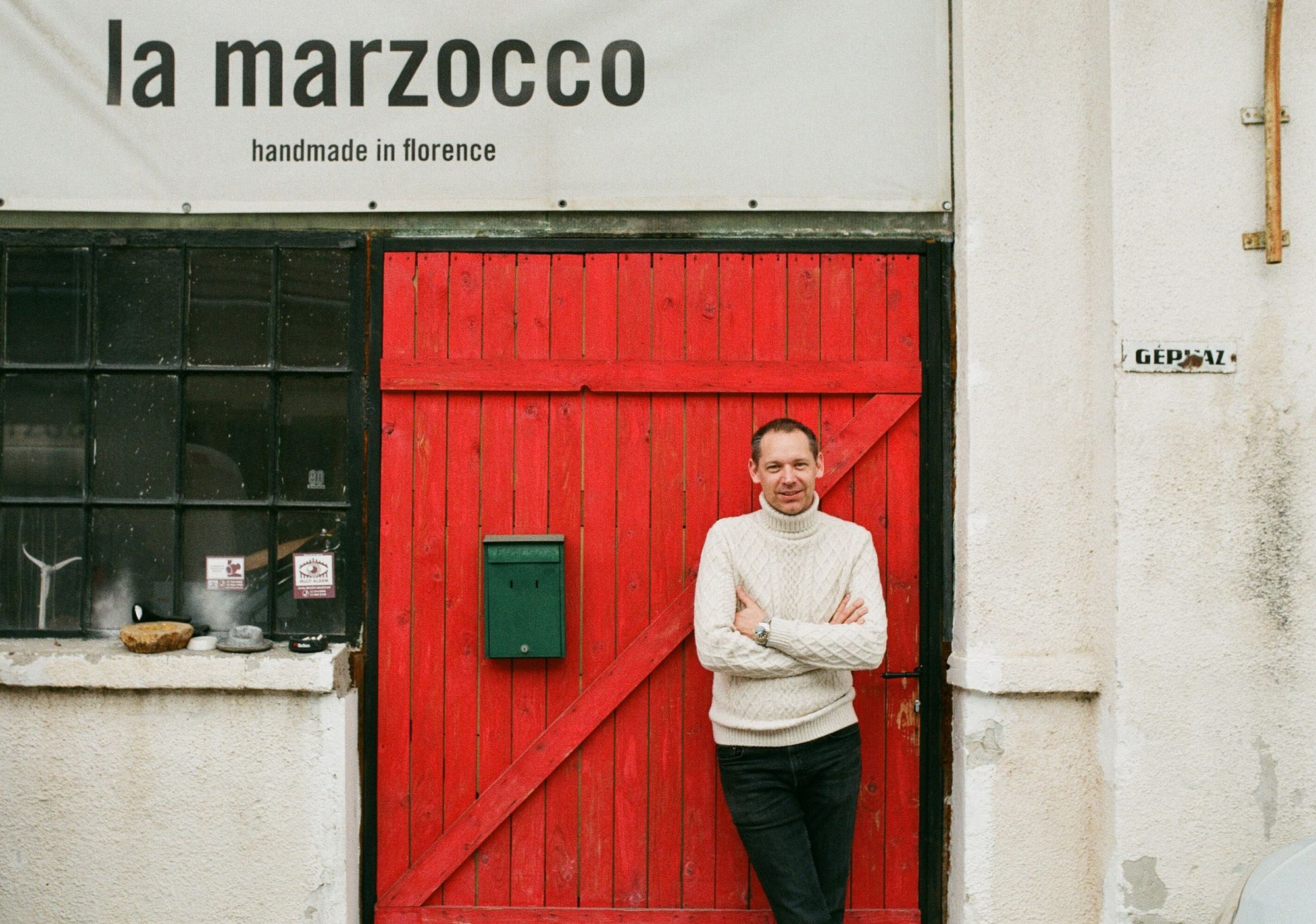
His father’s 3-4-person business was involved in coffee machine service and distribution since the early 1990s: “We knew all the coffee-people who came into the country. The first man from Segafredo even sat at my father’s booth at the usual national catering exhibition. With a little exaggeration, there was hardly anyone who didn’t buy the coffee machine from us,” he says. Later, the market changed: coffee companies began to produce their own machines in exchange for consuming their coffee. At that time, the distribution of coffee machines was somewhat sidelined, and most of the business was shifted to servicing. Gergely founded his own company at the age of twenty-five, partly to continue the family tradition, partly because he himself became obsessed with espresso machines—at least as much about the structure as he was about coffee. “Many people today only know me as a distributor, so when they ask me to send a technician out to service a machine, they’re surprised when I say, ‘Here are the tools in the car.’”
In 2007, Gergely’s company (then with five technicians) provided the servicing of espresso machines to gas stations in Hungary—OMV, Esso, Agip—and to almost all coffee companies—Illy, Vergnano, Segafredo, Lamborghini, Danesi. Once, he also met his match: Gloria Jean’s Coffee appeared in Hungary, and they brought the previously unknown La Marzocco with them.
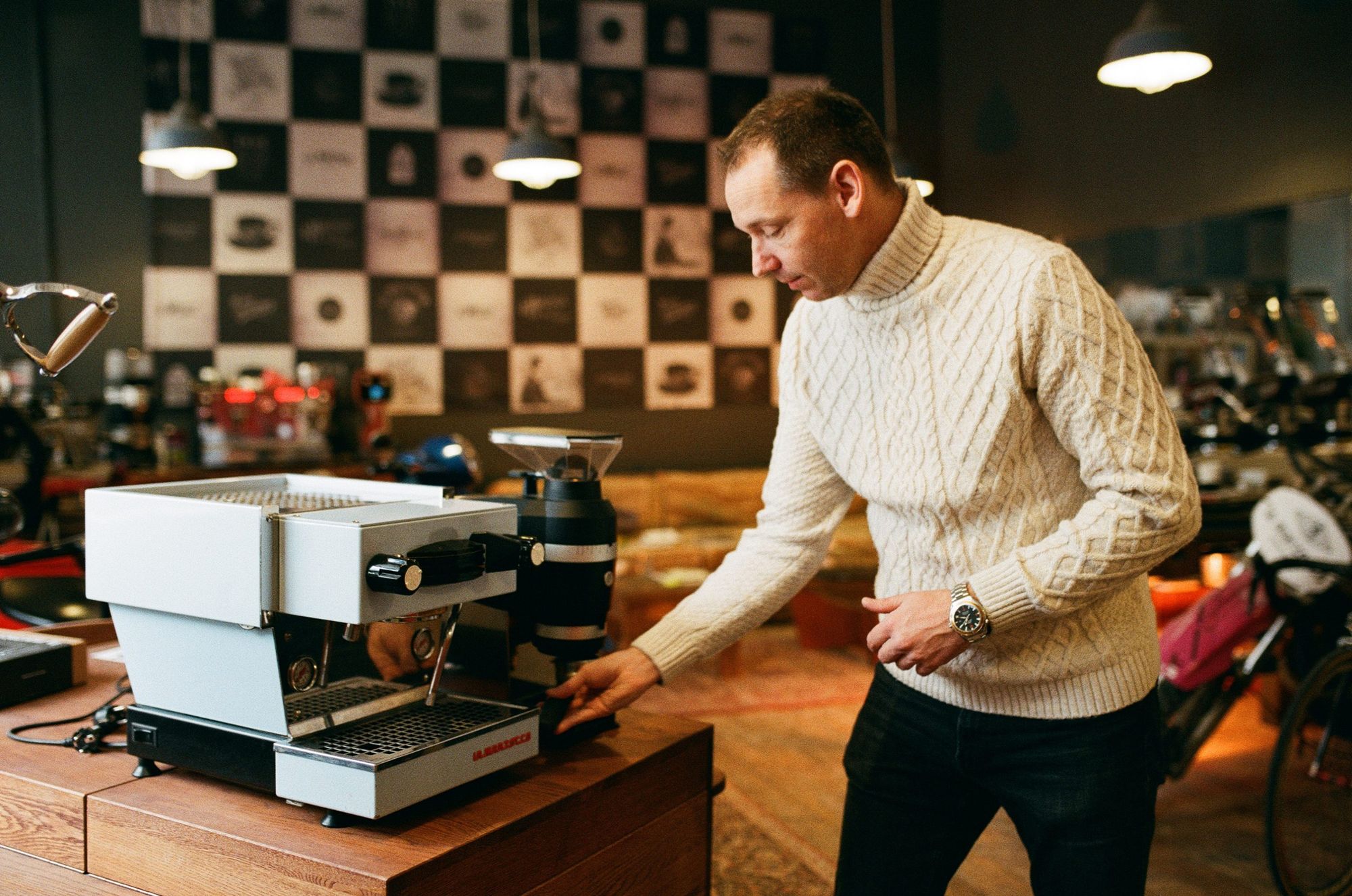
“Up until that point, I thought I already knew everything about coffee machine mechanics. At that point, we had already gone through tens of thousands of repairs. The Australian executive on the phone specifically asked me to visit them. I said, if it’s an Italian machine, we’ll do it, and he said carefully, ‘Ah, that’s a little different.’ I went there, opened the top of the machine, and saw the two boilers in it. I knew that it was completely different from what I had learned so far,” recalls Gergely.
That’s how he got to the La Marzocco factory during a service training, where everything changed. “After five minutes, I understood that this was the best technology. At the time, it was not at all predictable that the La Marzocco would be such a success story: forty people worked in the factory, producing about 1,500 machines,” he says.
A short history of the coffee machine and the profession
Gergely says the coffee machine is basically a “dumb” structure and then explains: “In reality, the machine only needs to know three things: to guarantee the thermal stability, the amount of water flowing through, and the adequate pressure from the first tenth of a second to the last of the espresso, which is not so simple after all.” Early coffee machines still operated on the principle of moka pots, followed in the fifties by the one with levers and pistons, then the heat exchanger versions from the sixties onwards, and there has been no real change for many years after that.

And what makes the La Marzocco historic? From the fact that they were the first to “lay down the coffee machine” in 1939: instead of a vertical one, they built a boiler structure with a horizontal layout. The next important step was to come up with a two-boiler coffee machine in 1970 to avoid temperature fluctuations. “By replacing the heat exchanger boiler with two separate boilers (gruppo saturo, that is, GS), freedom has come. The steam boiler was heated to 1.5 bar, giving them a much higher pressure and drier steam, allowing them to froth milk faster and more accurately. And the other boiler could be set to tenths of a degree as the coffee required.”
The big deal: Kent Bakke, Piero Bambi and Starbucks
“The coffee craze that is in the world right now is largely due to the owners of La Marzocco. In 1978, there was a sandwich bar owner in Seattle, Kent Bakke, who later became a coffee machine mechanic and then went to Italy in the eighties to look for a brand of coffee machine that had not yet been introduced to America. This is how he found Piero Bambi, the owner of La Marzocco (whose father and uncle founded the company). Returning to Seattle, Bakke replaced the Faema machines at a small coffee chain with La Marzoccora, and a year later they announced the expansion of the network and told him, “We will need two hundred machines a year because this network will be called Starbucks from next year,” Gergely tells the eventful story. As for the sequel, Piero Bambi was not interested in the big opportunity, but seeing Bakke’s determination and passion, he offered him to buy the factory. And so he did: the outsourced factory in Seattle produced only the machines for Starbucks, leaving the other La Marzocco models in Florence.
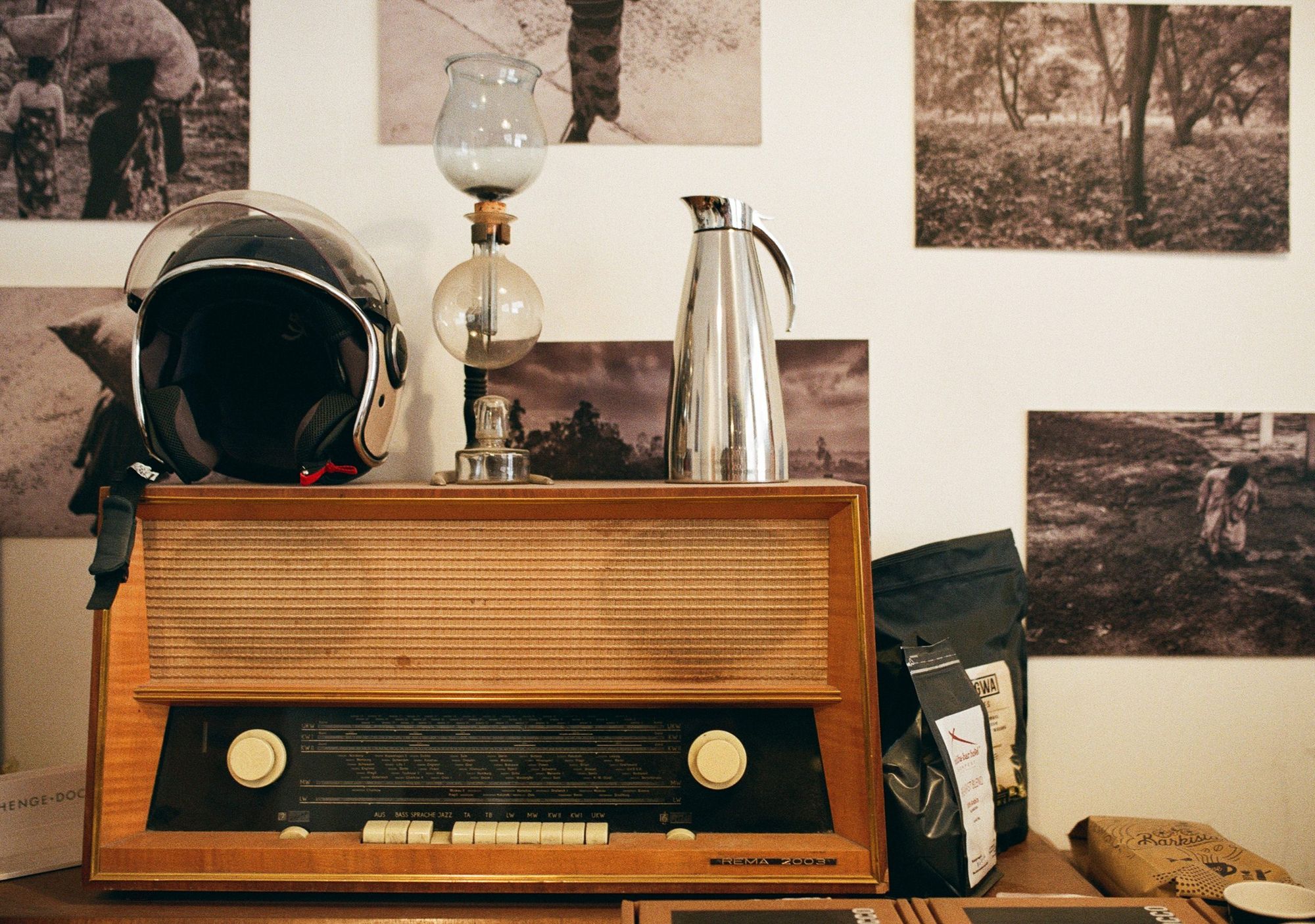
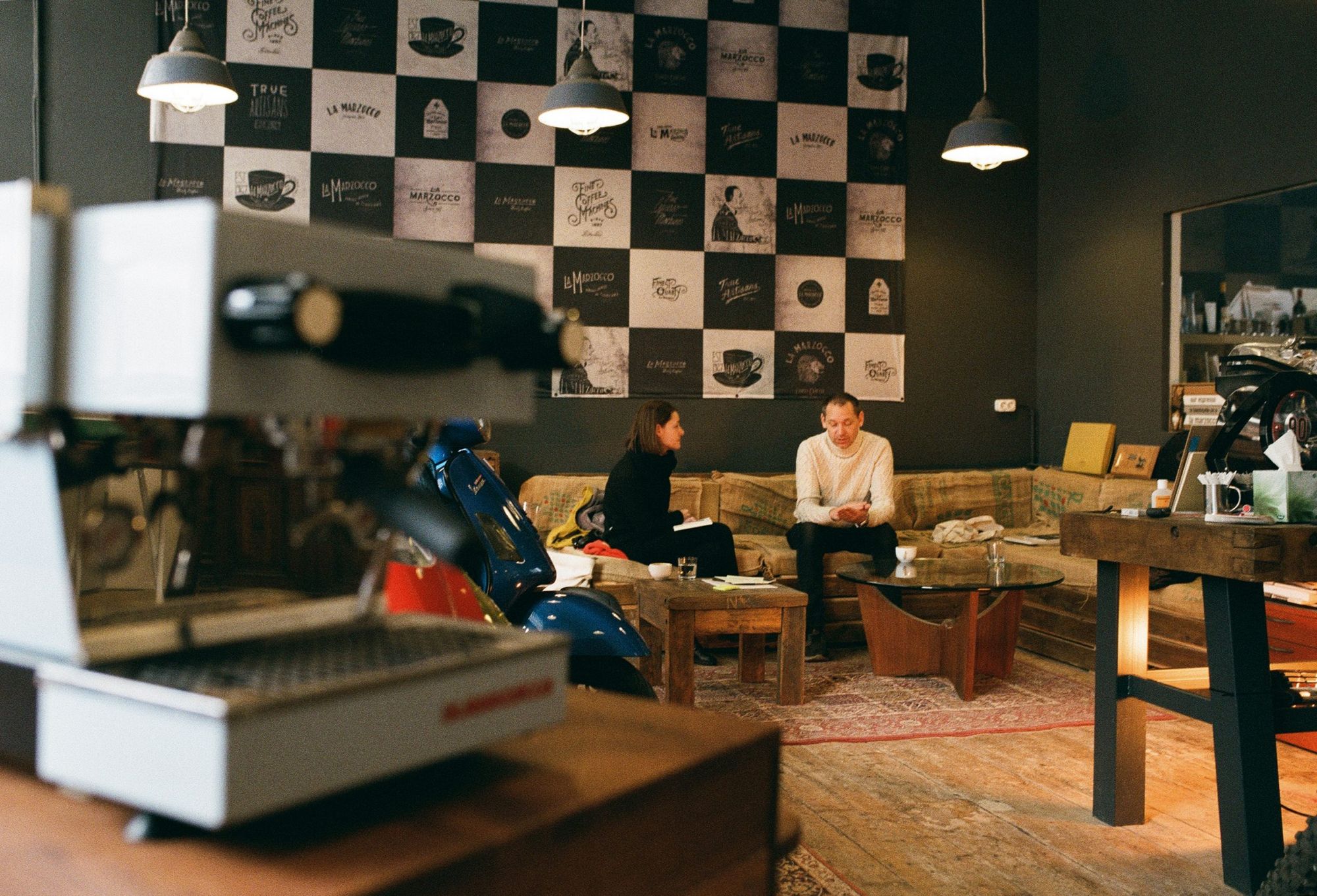
As Starbucks grew globally, they switched to automatic machines, and Bakke had to ask the question: what does only La Marzocco machines know compared to other competitors? They can guarantee temperature. That’s why they started supporting micro-roasting, where naturally not all roasting can be the same, but for the coffee to be perfect, the temperature has to be adjusted. That’s what the La Marzocco knew.
Lion on the kitchen counter
And what if we want to take home the perfect coffee experience we’ve only had in our favorite coffee shop before? La Marzocco thought about it too: in 2007, the GS3, a modern version of the prehistoric model, was launched, sneaking industrial performance into the kitchen. “This and another one for home use, the Linea Mini has the same structure as the EUR 16,000 industrial machines for cafés,” says Gergely. With this, La Marzocco overturned the saying that “the best espresso can only be drunk at a bar.”
While we were there, Gergely even showed us a novelty. According to him, this new milk frother will be a favorite of the baristas: we watched in amazement as the structure produces a milk froth with the perfect texture and temperature at the touch of a button. We can leave the machine alone, and we—the baristas—can still work on pulling (as the baristas would say) a good espresso.
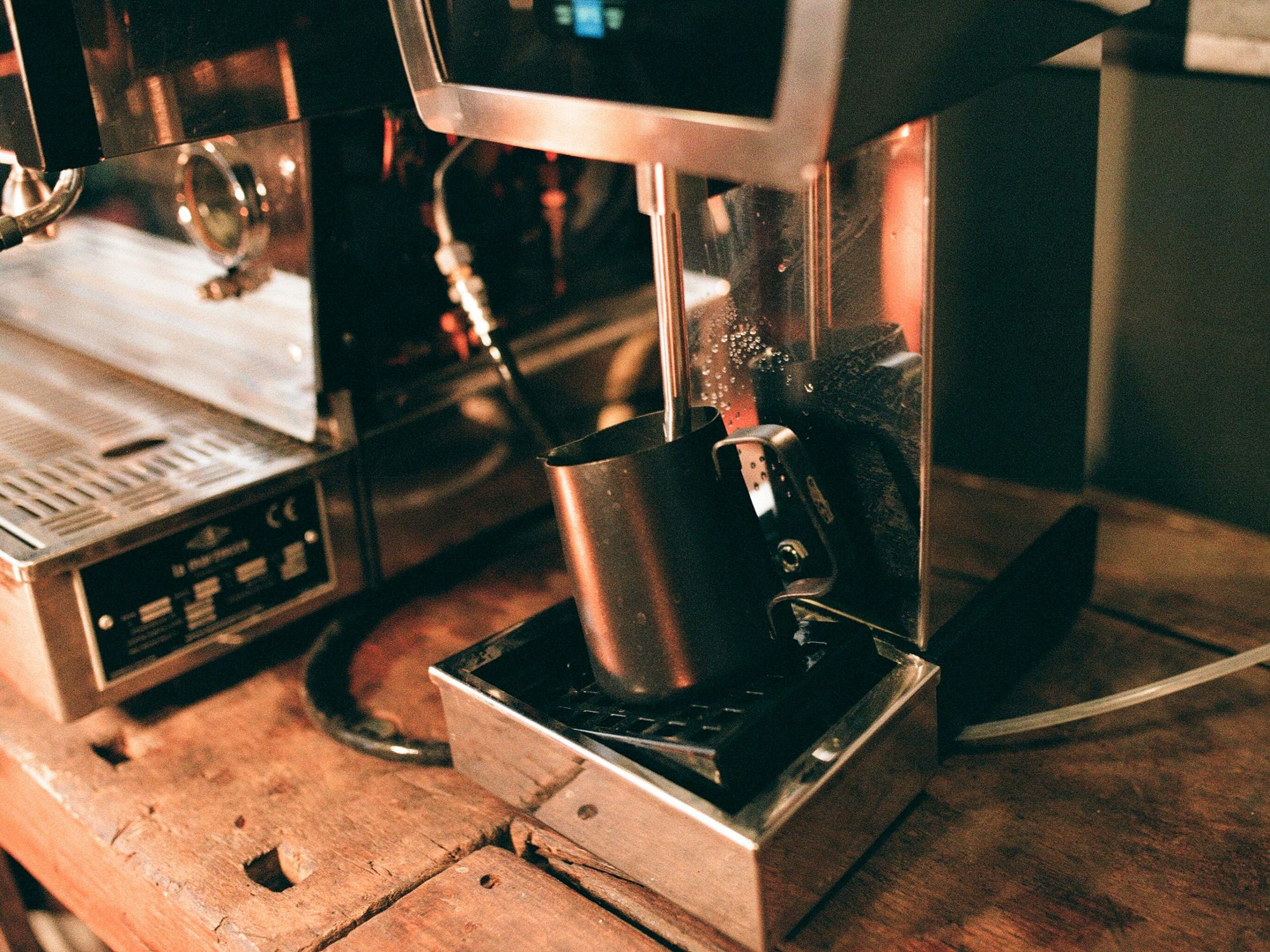
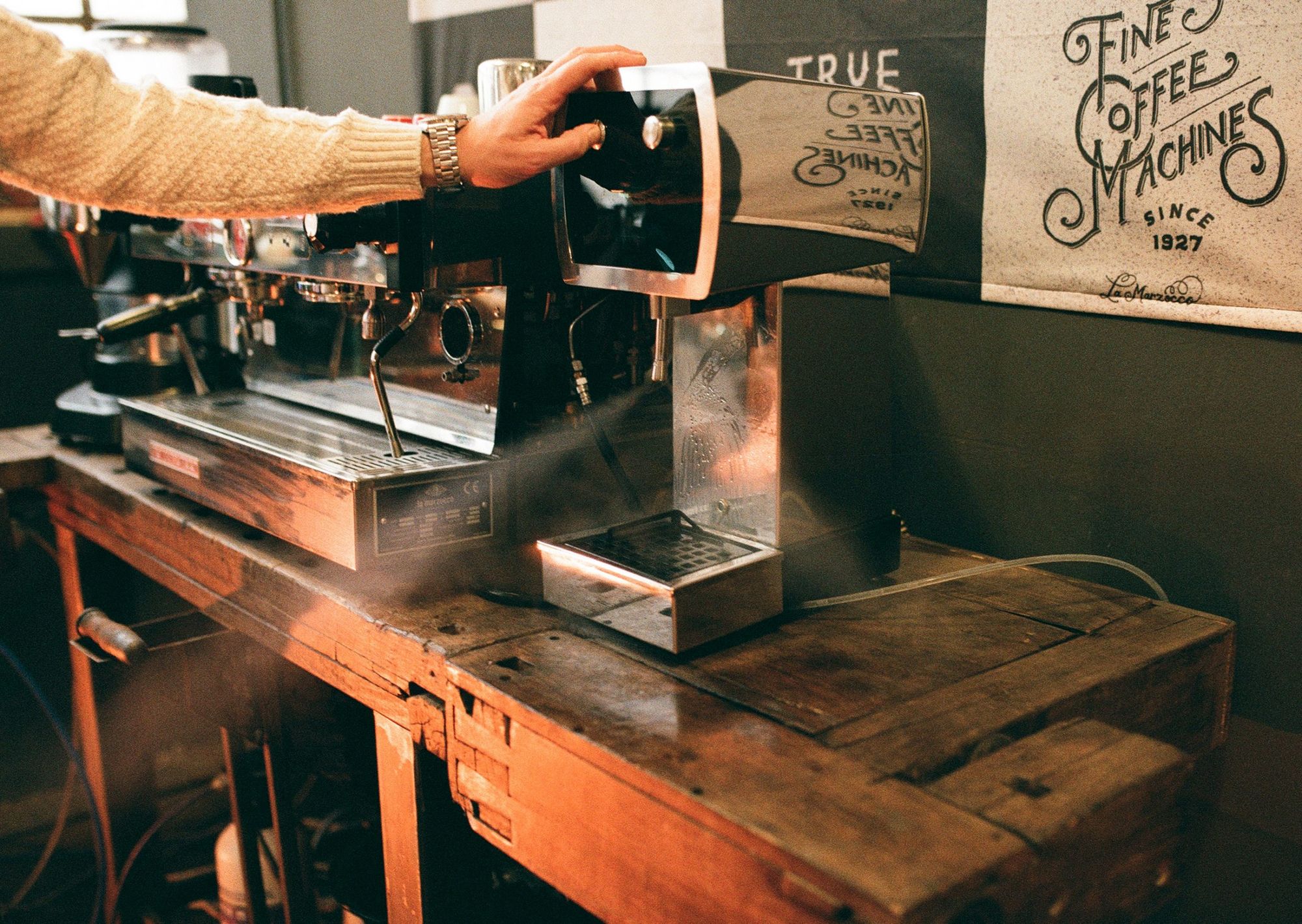
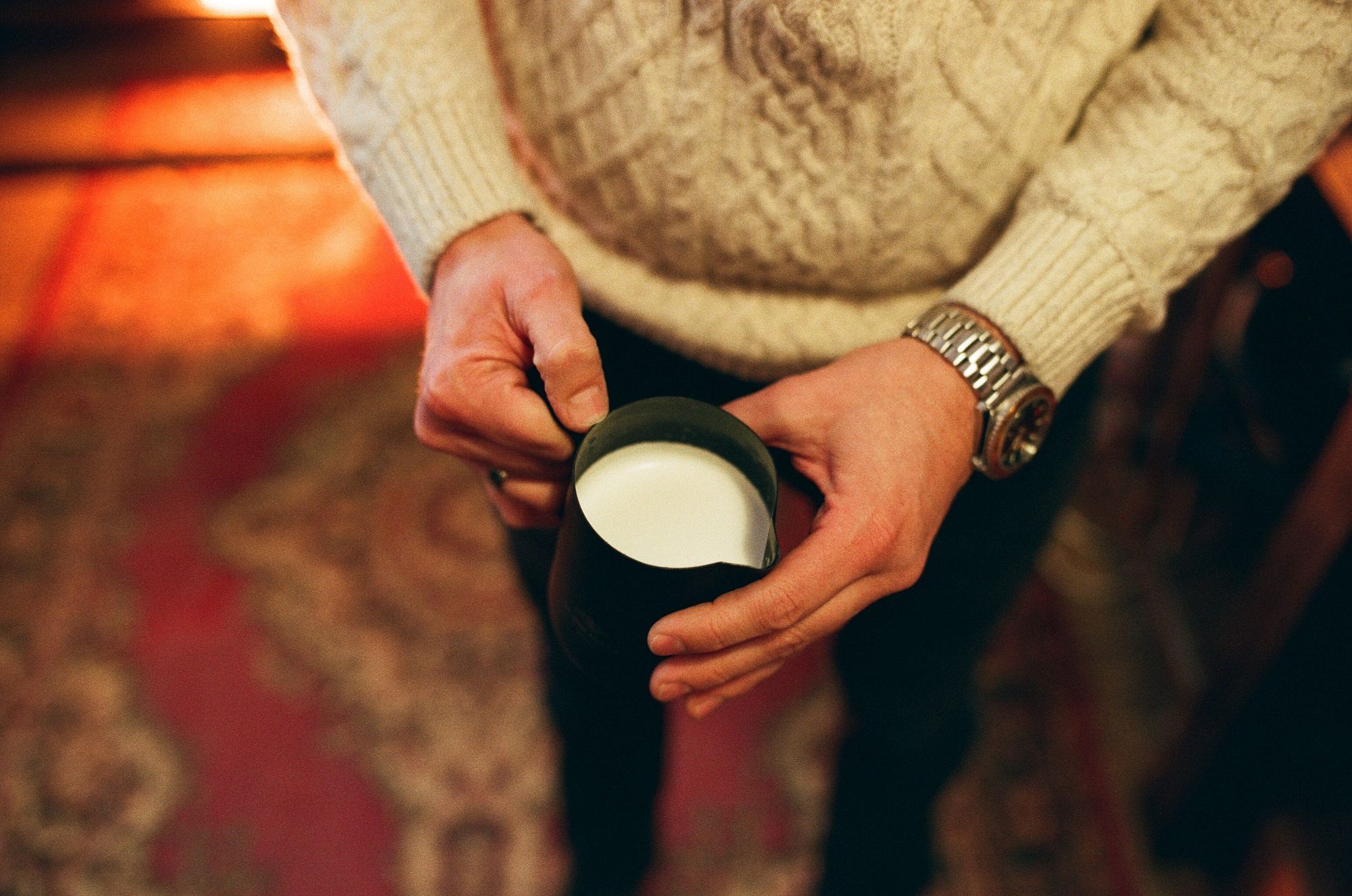
Gergely finally adds: “We live in a very fortunate age: I used to drink Omnia, and now we have access to flawless quality coffee from anywhere in the world from a micro-roaster, and all made with tools that allow us to drink it according to our own needs.”
Photos: Dániel Gaál
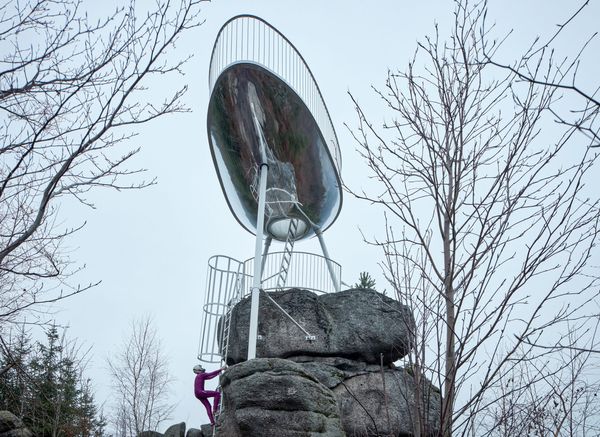
A lookout that pays tribute to bobsleigh racers
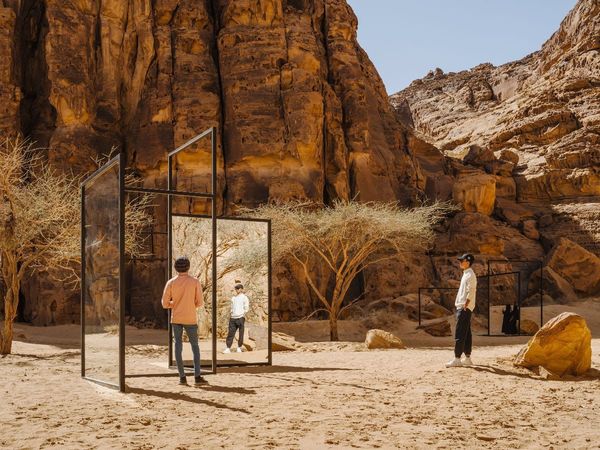
The Desert X AlUla festival kicked off yesterday
